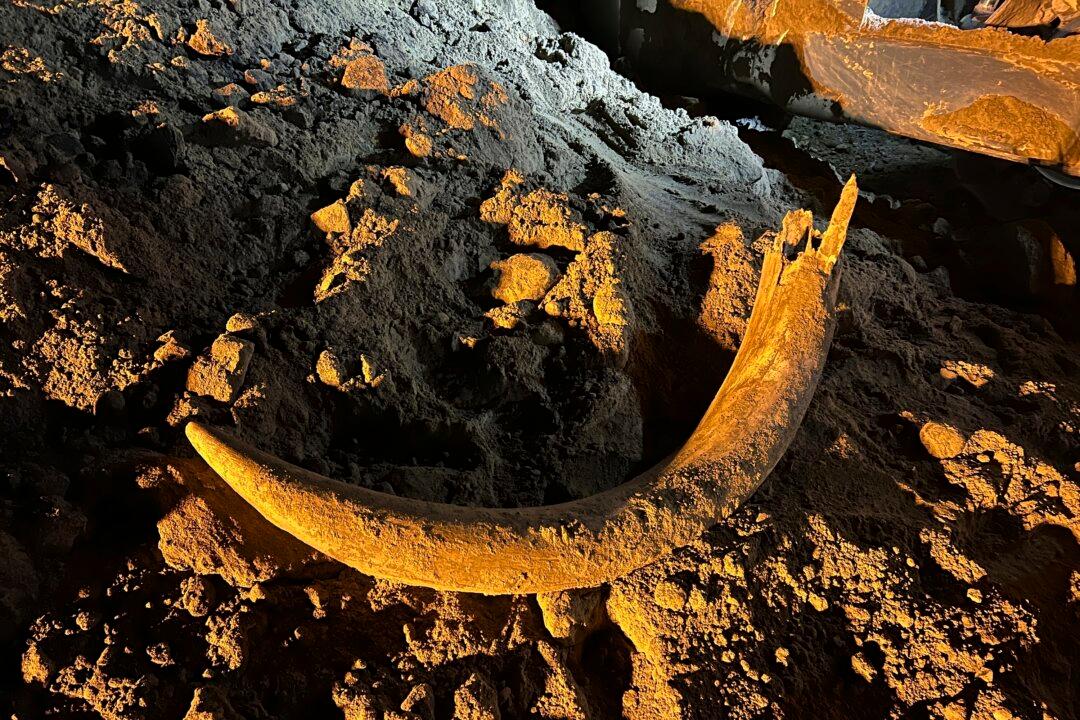BISMARCK, N.D.—The first person to spot it was a shovel operator working the overnight shift, eyeing a glint of white as he scooped up a giant mound of dirt and dropped it into a dump truck.
Later, after the truck driver dumped the load, a dozer driver was ready to flatten the dirt but stopped for a closer look when he, too, spotted that bit of white.





